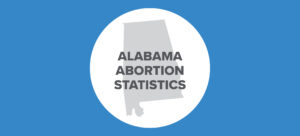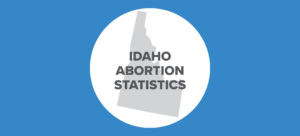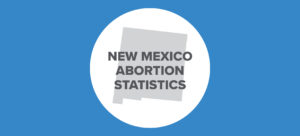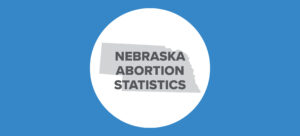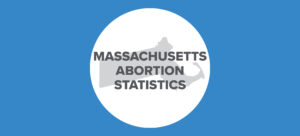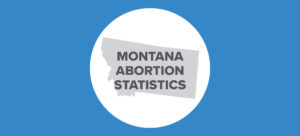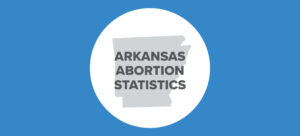
Tessa Cox
Senior Research AssociateTessa Cox is Senior Research Associate at Charlotte Lozier Institute, where her research focuses on abortion statistics at the state and national levels and the changing landscape of abortion policy, provision, and access in the United States.
Tessa has appeared on CBN News and EWTN News Nightly and has testified before Members of Congress on the Born-Alive Abortion Survivors Protection Act. Her work has been featured by National Review Online, Newsweek, The Gospel Coalition, The Daily Signal, RealClearHealth, and many other national media outlets. She has contributed to peer-reviewed research on women’s experiences with chemical abortion and the impact of abortion on women enrolled in Medicaid.
Originally from Illinois, Tessa earned a BA in Communications from Thomas Edison State University. Prior to joining CLI, she got her start in pro-life research with the Family Research Council.
Research Authored
Abortion Reporting: Alabama (2019)
Alabama’s 2019 abortion report was published online in February 2021. According to the report, abortions in the state declined from 2018.
Abortion Reporting: Idaho (2019)
Idaho’s 2019 abortion report was released in February 2021, revealing that abortions in the state showed a marked increase between 2018 and 2019.
Abortion Reporting: New Mexico (2018)
In January 2021, New Mexico released its health statistics annual report, which includes abortion statistics for 2018. Additional abortion data is available in the abortion surveillance reports published by the CDC.
Abortion Reporting: Wisconsin (2019)
Wisconsin’s 2019 abortion report was released in January 2021, showing that abortions in the Badger State increased for the third year in a row. As of August 2021, 38 states had released 2019 abortion statistics; 21 of these states reported that abortions had increased from the previous year.
Estimating the Period Prevalence of Mothers Who Have Abortions: A Population Based Study of Inclusive Pregnancy Outcomes
The prevalence of induced abortion among women with children has been estimated indirectly by projections derived from survey research. However, an empirically derived, population-based conclusion on this question is absent from the published literature.
 James Studnicki, Sc.D., MPH, MBA
James Studnicki, Sc.D., MPH, MBA
 John W. Fisher, Ph.D., J.D., M.S., M.A.
John W. Fisher, Ph.D., J.D., M.S., M.A.
 David C. Reardon, Ph.D.
David C. Reardon, Ph.D.
 Donna Harrison, M.D.
Donna Harrison, M.D.
 Tessa Cox
Tessa Cox
 Ingrid Skop, M.D., FACOG
Ingrid Skop, M.D., FACOG
Abortion Reporting: Nebraska (2020)
In 2020, there were 2,378 abortions reported in Nebraska. This was an increase of 15 percent from the 2,068 reported the previous year. Chemical abortions jumped by 34 percent from 1,259 in 2019 to 1,683 in 2020, making up 71 percent of all abortions.
Abortion Reporting: Massachusetts (2019)
The Massachusetts Department of Public Health provided Massachusetts’ 2019 abortion statistics to the Charlotte Lozier Institute upon request. Abortions in the Bay State increased from the previous year.
Abortion Reporting: Montana (2019)
There were 1,568 abortions reported in Montana in 2019, a decline of six percent from the 1,674 reported the previous year (Fig. 1). Chemical abortions dropped by two percent, making up 58 percent of the total in 2019. The Charlotte Lozier Institute (CLI) estimates that Montana’s abortion rate was 8.0 abortions per 1,000 women ages 15-44, down seven percent from 2018 (Fig. 2).
Abortion Reporting: Arkansas (2020)
There were 3,154 abortions reported in Arkansas in 2020, up six percent from the previous year (Fig. 1). Chemical abortions jumped by 39 percent from 1,237 in 2019 to 1,725 in 2020, making up 55 percent of the total in 2020. The Charlotte Lozier Institute (CLI) estimates that Arkansas’ state abortion rate increased by six percent in 2020 to 5.5 abortions per 1,000 women ages 15 to 44 (Fig. 2).
Abortion Reporting: New York (2018)
New York’s abortion report for 2018 was published in January 2021. The report indicates that New York’s abortion rate declined between 2017 and 2018 but remains higher than the national rate.















